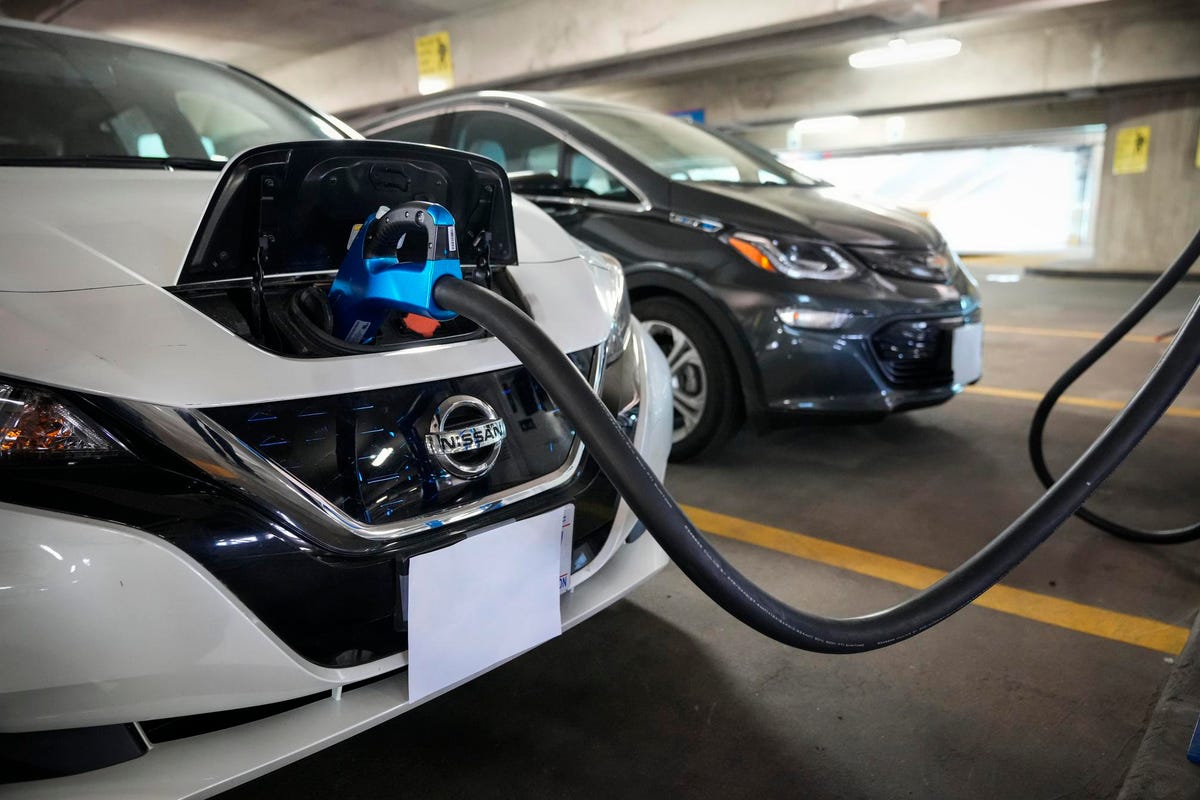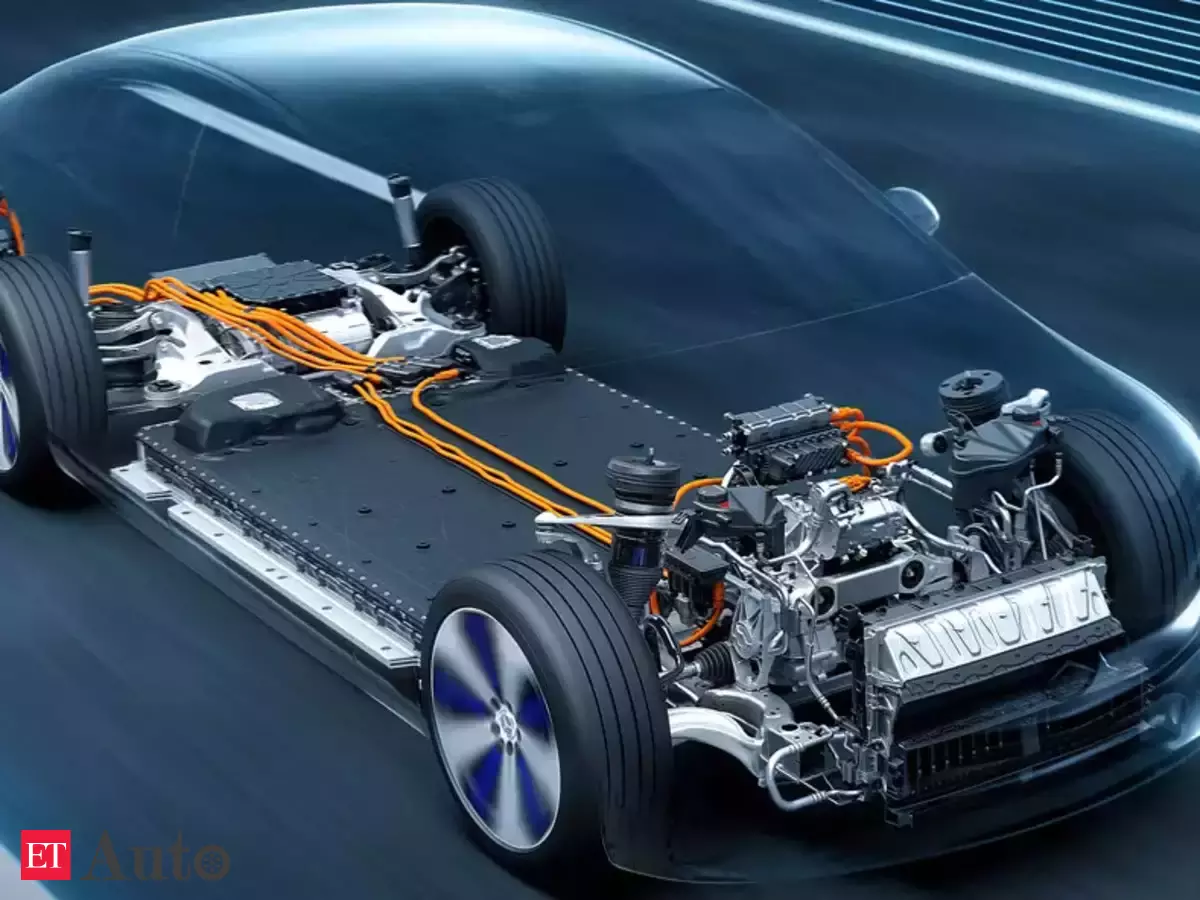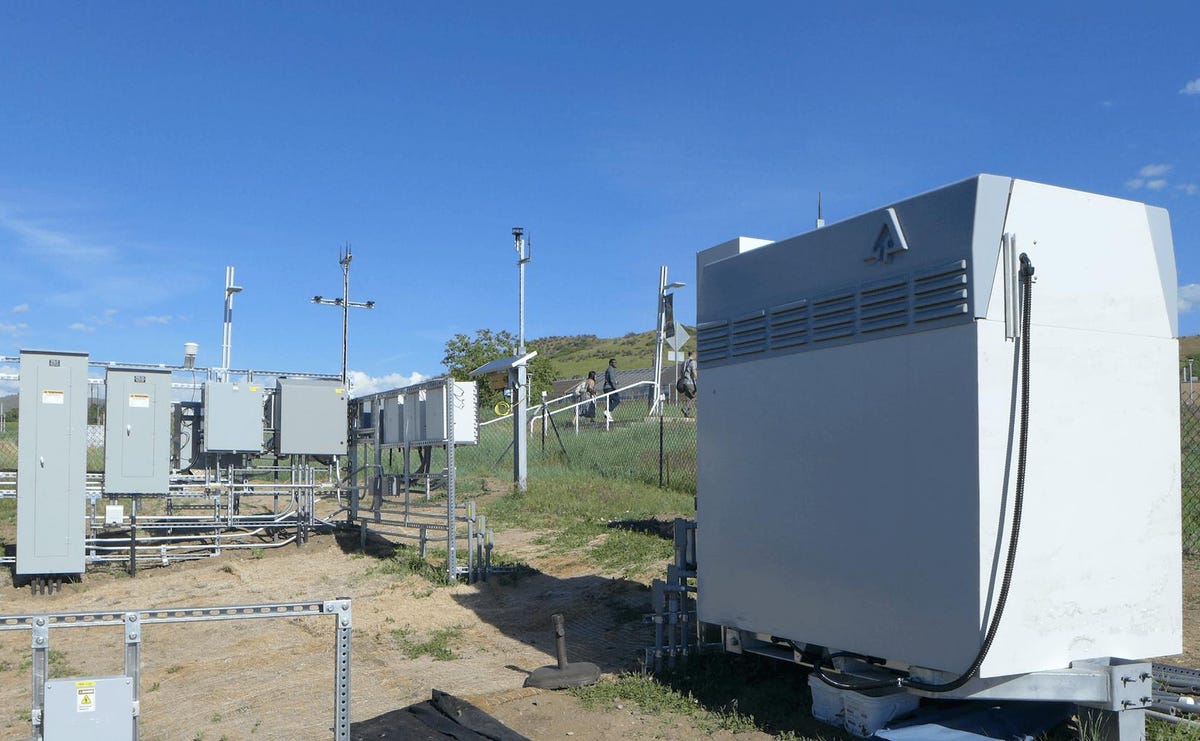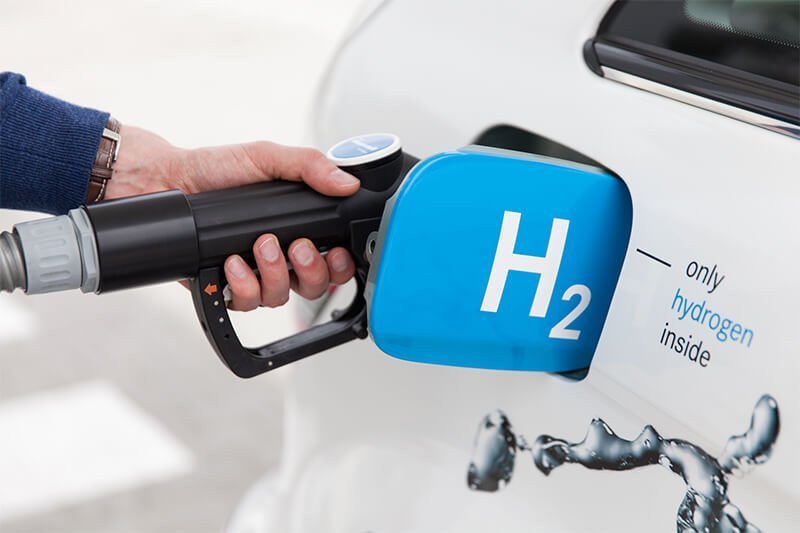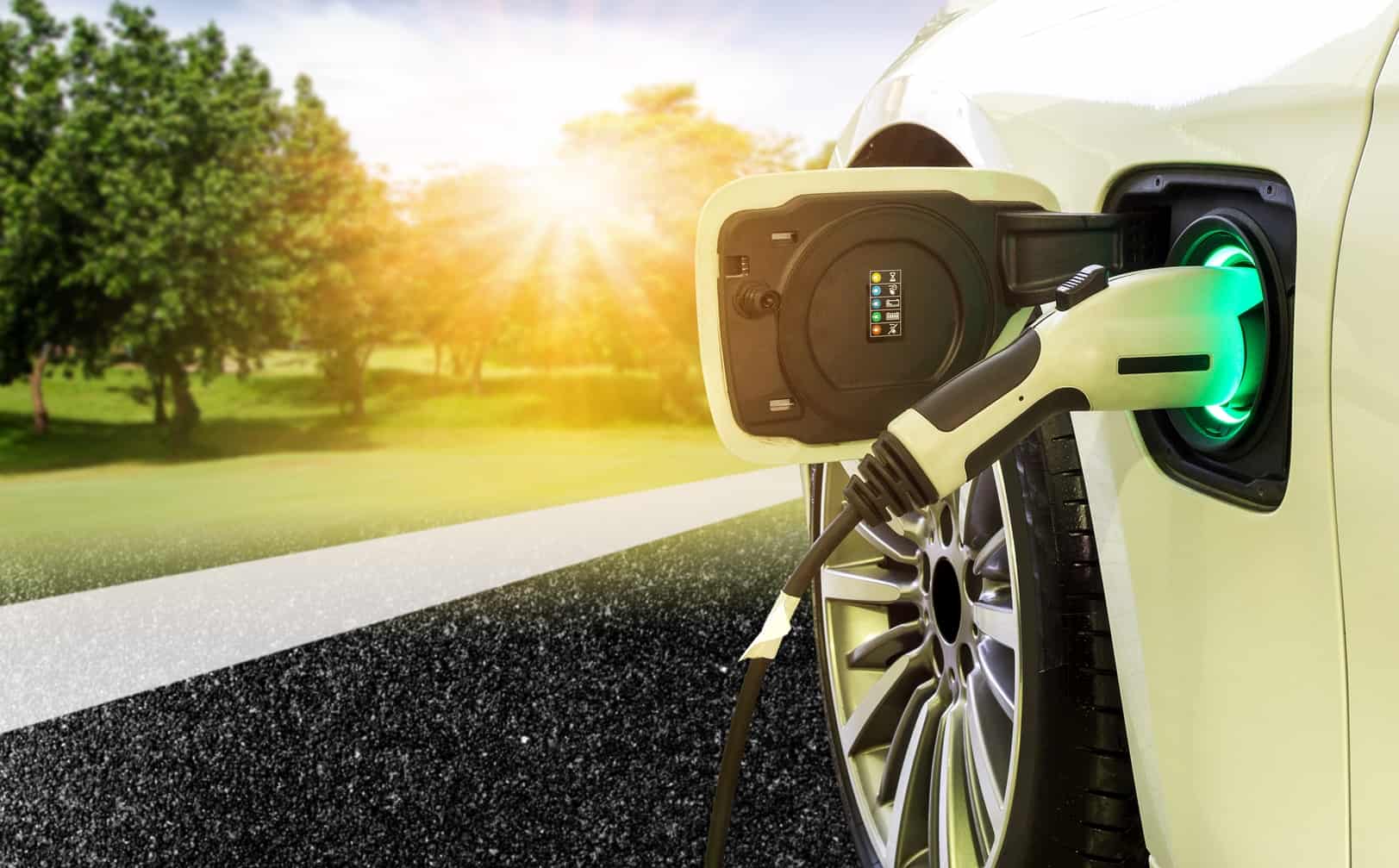Connected Cars are Changing the Dynamics of the Automotive Sector
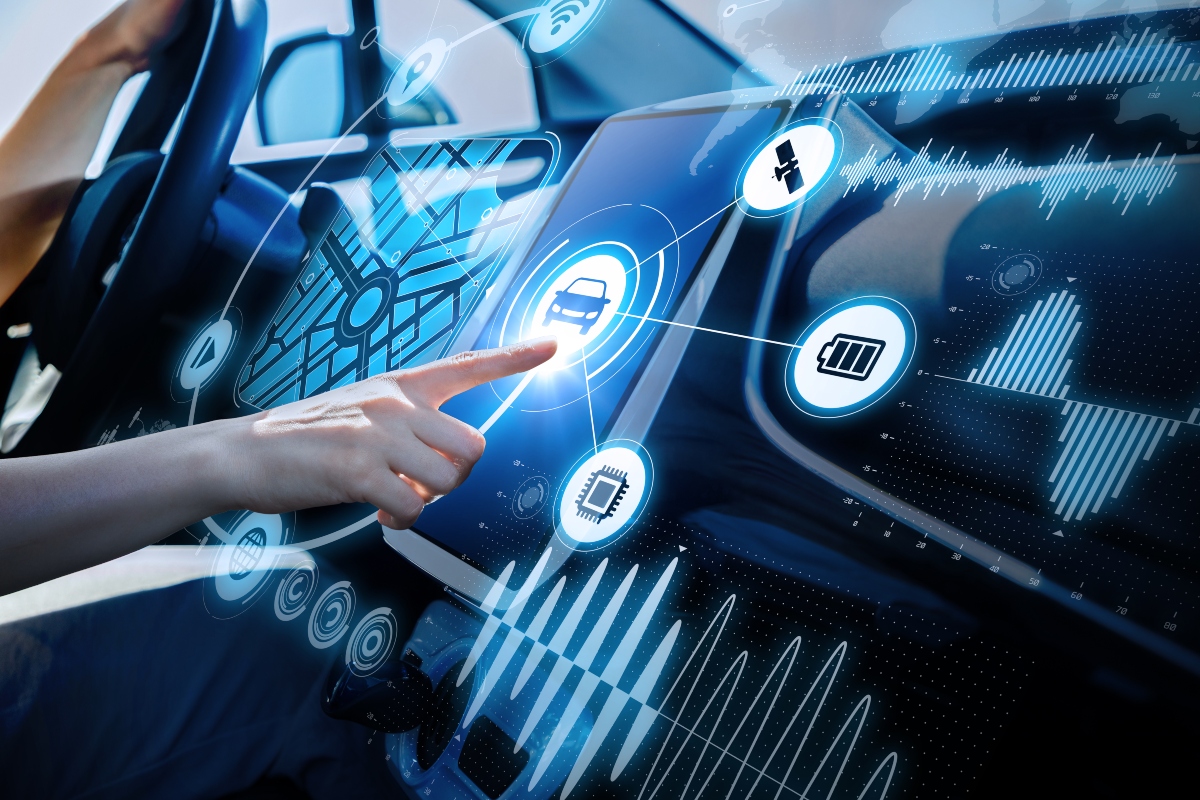
“A connected car can be connected to adjacent devices via wireless networks. The advance of IoT is vital for connected automobiles. The use cases span from connected entertainment systems connecting mobile phones to Internet-connected cars with two-way communication with other cars, mobile devices, and towns.”
Technology is growing quickly and the Internet has revolutionized the manner in which individuals communicate or perform their daily jobs. That is to say, the world is 'connected' and practically everything can be found on the internet. Why don't autos do the same when all is connected via the internet? Yes, Connected Car Technology is the new technology. Connected cars in the automotive sector have become the new standard and only improvements can we expect.
The connected car is a wide-ranging Internet of Things (IoT) technology. As Safety Trends in the management of traffic, connected car technology is part of the government's drive for intelligent transport systems, and many active studies are being conducted worldwide today.
Safety via speed vehicles and vehicle-to-road communications is one of the main applications for the IoT automobile (also known as V2X). But in the automotive IoT area, several others are also working on connected car technology.
How Does Connected Vehicle Work?
Connected vehicles connect to a network to allow two directions between vehicles (cars, lorries, buses, and trains) and other vehicles, and to enable mobile devices and infrastructures to activate key communications and events. For example, in the case of urban traffic and junction security, these connections may provide vehicles equipped with connected vehicle technology with the means for continuous communication of their whereabouts and almost real-time information to trigger an automated response.
A simple, easy-to-understand explanation of the connected car government fact sheet: Cars, trucks, buses, and other vehicles can "speak" with in-vehicle and/or aftermarket equipment, which continuously shares crucial information regarding safety and movement. Wireless communication can also be used by connected vehicles to "speak" to signals, working areas, mail booths, school areas, and other infrastructure types. The conveyed vehicle information is anonymous so vehicles are not trackable and the system is safe from defects.
What is a Connected Car?
Any car/car that can connect to the web is referred to as a connected car in a layman's language. These cars usually connect to the web through Wi-Fi (Wireless Local Area Network). A connected vehicle also can share the internet with internal and external devices while also sharing data with any external device/services. Connected cars can access the Internet always when requested by the user for functions/download data.
How Does Connected Car Technology Work?
Any vehicle that has Internet access may be referred to as a connected vehicle. Currently, in connected cars, car firms employ two types of systems: Embedded and Tethered. A built-in chipset and an antenna are supplied to an Embedded Vehicle, and a Tethered system is supplied with hardware that links to the smartphone of the driver. A vehicle connection can access/send data, receive updates/patches of software, link to other devices (IoT or the Internet of Things), and offer passengers WiFi internet. The connected car telematics may also be reached via connected technology, and for electric vehicles, it is especially helpful.
Features of Connected Vehicles:
There are a number of intelligent functional aspects in a connected vehicle. The characteristics of connected car technology enhance the total driving and ownership experience and add a safety net with increased safety characteristics. Below is a connected vehicle's clever features:
Cars Internet Connectivity
An integrated chipset or SIM card connects the connected car always to the Internet and allows it to access the Internet if wired networking is steady. Connected vehicles can also give Wi-Fi access on-board, download manufacturer-issued over-the-air updates, and access other online applications and services.
Connected car app
Car manufacturers today supply a dedicated smartphone application that is connected via the wireless network with the vehicle. The application enables users to operate the automobile remotely, e.g. lock/unlock the door, open the sunroof and start/stop the engine, manage air conditioning, headlight on/ off and blast the horn. The software also helps you to find your automobile with the onboard GPS.
"Curfews" to protect young drivers
A crucial safety element known as geo-classification is provided for connected automobiles. In short, it establishes a geographical limit on the map and warns the owner of the vehicle is driven across the limit. Geo-fencing can be configured through the smartphone app, and if you are worried about young/ inexperienced drivers taking the car away, this functionality is incredibly beneficial.
Communication of the vehicle
Connectivity technology Vehicle-to-Vehicle enables connected vehicles to communicate. The V-2-V enables information such as road transport, road conditions, speed limits, and much more to be shared. V-2-V will be a vital component in the mobility future of autonomous vehicles.
Remote car park
As the feature name suggests, you can even park your vehicle remotely with certain high-end connected cars. Yes, you can get out of your vehicle and maneuver the car in the desired place by using the smartphone app or smart key fob. This feature is beneficial in narrow car parks and you are not sure you will park your car in a packed spot.
How Will 5G Networks Impact Connected Vehicle Technology?
Connected vehicles with 5G receivers and transmitters are soon to be constructed. A 5G module provides connected automobiles with virtually real-time communications.
As a simple instance, two cars going in the opposite way can share road conditions depending on where they were. One of the most interesting cases of IoT is that connected automobiles can send data on how they conduct themselves. For instance:
- Self-driving cars will convey their position, enabling them to drive together safely and to merge at high speeds.
- At stoplights and stop signs, connected vehicles interact, determining the right of way for the vehicle.
- A car will also have the opportunity to link to the network of the town in order to find parking, identify a company or residence or avoid building or congested areas.
- Above all, the huge decrease in latency will make it possible to prevent accidents and crashes with connected car technologies at city crossings, particularly.
As Tesla demonstrated, automobiles driving on roads and other streets that have no complicated impediments can usually perform all right. Today, however, self-employed vehicles in packed cities do not securely sail through challenging crossings and other obstacle-ridden locations. In the end, the future IoT automobile will be able to travel safely through these complex zones with sufficient sensors and cameras and with high-speed low-latency communications that 5G networks will give.
Major Market Highlights:
- CoSmA Solution, Honda's digital door opener, was launched by Continental. This is a smartphone-based access solution that enables Honda's owners to open or distribute the key using their smartphone with others. The My Honda+ app gives clients a remote option to unlock the automobile using Bluetooth Low Energy (BLE). From 2020, the new Honda e in Europe will be available.
- For battery life management and monitoring of electric cars, Bosch has been developing a new cloud-connected software solution. The new link would allow enterprises to check the battery status remotely and control it by up to 20% to save battery wear and tear.
- A new V2X dual-mode technology was introduced by HARMAN targeted at increasing the safety of cars. The software and hardware of this adaptable telematics system are equipped with taps into the DSRC and cellular (5G) vehicle to all networks, removing the guesswork for many security system set-ups.
- Tesla cars come with powerful hardware that provides complete autopilot operation and automatic driving capabilities – through time-enhancement software updates. The autonomy of the present and new generation of cars is driven forward by Tesla's Autopilot AI team. Learn about the team and apply to assist speed up the world by driving yourself fully.
Conclusion: The Future of Connected Cars
IT projects such as Intelligent Transportation Systems (ITS) will support the infrastructure of smart cities and automotive vehicles and allow connected car systems to achieve full potential. Today, sensors, cameras, and RFID readers are used to monitor crossings and roadways to detect congestion, redirect traffic automatically, identify the distance to different destinations, and update traffic signages. Public safety will increase as crossings become safer for bikes and pedestrians and adaptive lighting helps emergency response workers to reach accident scenes more quickly.
The technology for connected cars is not confined to standard cars. This technology will also be used by automatic vehicles to interface with the road and cloud infrastructure. But the connected automobiles are currently disrupting the automotive sector. Buyers are turning to the linked automobiles with more and more smart vehicles being launched.
Connected technology is the new standard in the next years and it will also improve safety and prevent accidents. The next-generation 5G connectivity will enhance technology, and smart and smoother to use connected vehicles.
Most importantly, cities can use these systems now to significantly increase the efficiency of their entire traffic management system, while decreasing infrastructure costs and complexity, while preparing for the future generation of connected vehicles.


